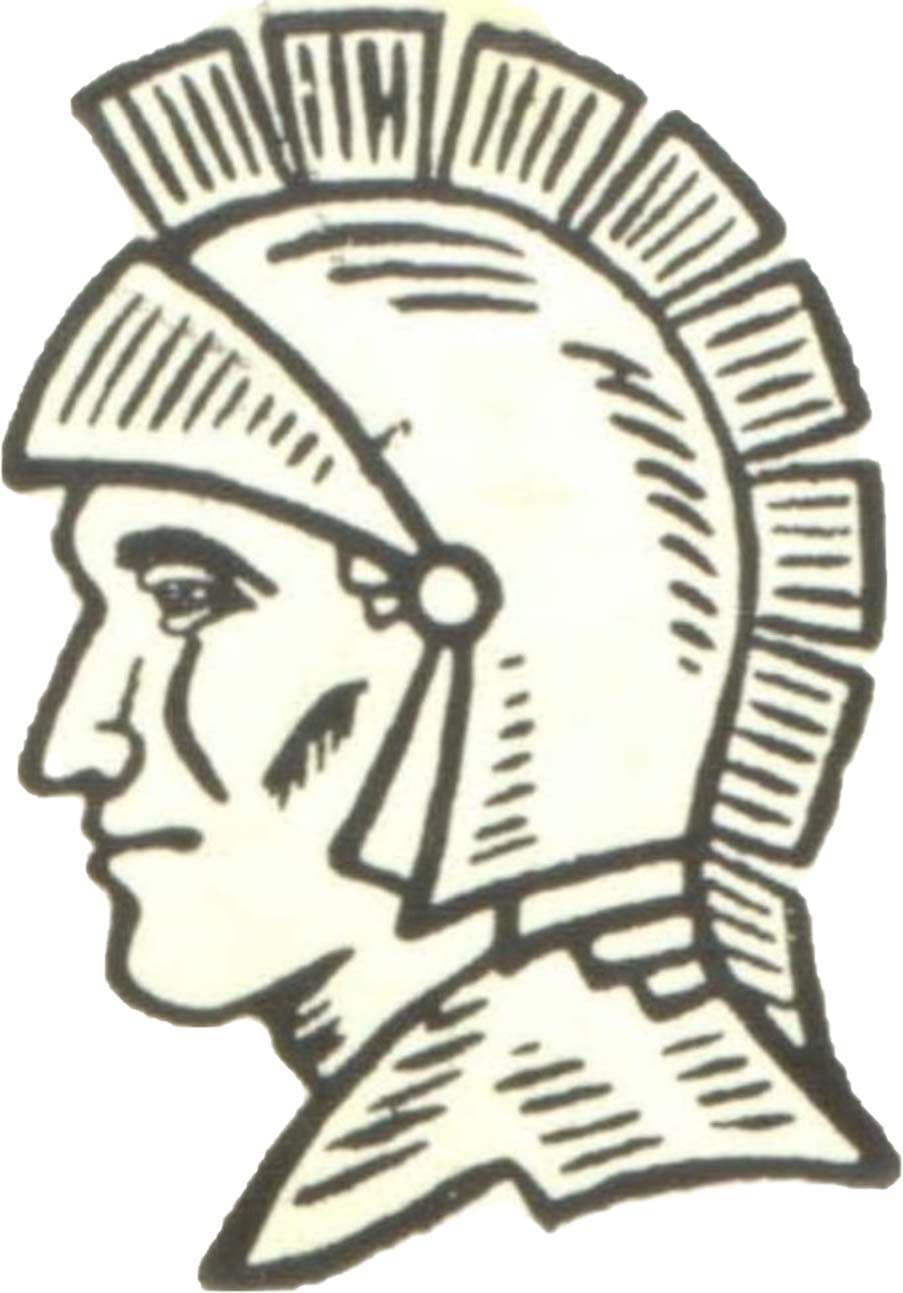Maroa-Forsyth School Archives
History of Maroa High School
The following is copied verbatim from Maroa Centennial Book 1
"The earliest records obtainable show that Maroa had a high school organization about 1883. The first class was graduated at that time. The exercises were held in the old M. E. church and the members of the class were May Covault, Clara Jones, Ella Reed, Emanuel Bennett, Estella Conover, Ella Tozer, Fred D. Axton and Benjamin F. Walter. The class motto was ‘Labor Conquers All Things.’
The high school and grade school were combined in administration and building. When the new building was erected in 1914-15, the grades used the first floor and the high school used the second floor.
In 1920 the high school was organized as a community high school Dist. No. 151, with a separate Board of Education. The high school continued to use the second floor of the grade school until 1931. The enrollment was getting so large that the school standing was endangered because of lack of space. The high school building was finished in 1931. It was opened in March with an enrollment of 146. The cost was $70,000 to which additional equipment was added bringing the total cost to $90,000. The commercial department was added the following year. With the excellent new building and equipment many non-high school students were attracted to Maroa High, bringing the enrollment to 150-160.
The south basement and shower rooms were completed in 1936-37 at a cost of $20,000.
A full time Agricultural Dept. was added in 1937-1938. A sound motion picture machine was also purchased that year. A film strip projector was given to the school in 1939.
A public address system was installed about 1940, under the instruction of Mr. Keyes and the student radio club. This first system was constructed at the school for a total cost of about $80.00.
With the advent of World War II many sudden changes were forced upon the school. Transportation wsa curtailed to the bare necessities of travel to and from school. Side routes and extra trips were banned. The school term was shortened to 8 months, but with a longer school day to aid the manpower shortage on the farms. Military training through the government sponsored Victory Corps was introduced during the war years. Principal W. D. Keyes and Melvin J. Nicol, Agric. Instructor, acted as instructors for this. Radio, refresher mathematics courses, and Pre-flight Aeronautics were introduced into the curriculum during the war years.
In 1946 Chemistry was added to the curriculum with equipment costing about $3000.00.
In 1947, due to a new school law, the Community Unit was formed consolidating high school and grade school districts under one Board of Education. The rapid formation of neighboring units, accompanied by territory annexation practically forced the formation of the Unit at top speed. Maroa High School District was small at this time (about 40 sections originally) and had faced many difficulties with neighbors competing for non-high school territory. Just before the formation of the unit, Maroa had succeeded in annexing about 30 sections of non-high land. With the formation of the unit and the disappearance of most non-high territory, Maroa Unit was formed with about 80 sections of land. W. D. Keyes, High School Principal, was elected Superintendent of the newly formed Unit. Mr. D. M. Dewhirst, who had been President of the High School Board of Education for 27 years retired at this time and Mr. Ambrose Hill became the first President of the Unit Board of Education.
Many other additions and expansions of the curriculum followed in the 1940's. A full 3 year Home Economics course was initiated. Spanish was introduced, and more Commerce courses were added.
The Maroa H. S. Band was started about 1946-1947 after the disbanding of the high school orchestra. Mrs. D. M. Dewhirst directed the orchestra for many years.
In the early 1950's it became apparent that a building program would be imperative due to a rapidly increasing school population. After several preliminary attempts a building program costing $296,000 was passed and construction started in the fall of 1952. In the high school, the program called for the construction of a new farm shop and laboratory class room, a new industrial arts shop and drawing room, and two additional regular classrooms. Construction was complete enough to permit the use of the building in the fall of 1953. Beginning general shop courses were started in the industrial arts program. The cost of the new structure was approximately $92,000.
In 1954 several new business machines were installed in the commerce deparment, making possible the addition of an Office Practice course. The electric typewriter, calculator, 10 key adding machine, full key adding machine, duplicators, also the varityper and offset press which was purchased largely by the students, gave our school a real modern set of equipment at the time of this writing May 22, 1954."
Notes
1 Maroa Centennial Book. Maroa, Illinios, 1954.
Historical items have been made available to the community for research and study purposes and to satisfy curiosity. Due to the nature of the colloquialisms, culture, attitude, and/or political climate of the various time periods represented, some content may be deemed “inappropriate" if viewed outside of its historical context. In addition, the newspapers, logos, branding, and other publication identifiers are the trademarks of the newspapers and other publishers. Our use of newspaper content contained in this archive in no way implies an affiliation with, or endorsement from, the publisher. Included photos have been identified from owner's notatations or through community members. If you believe there has been an error in identification of any materials, please email the Maroa-Forsyth School Archives.

1960 Yearbook